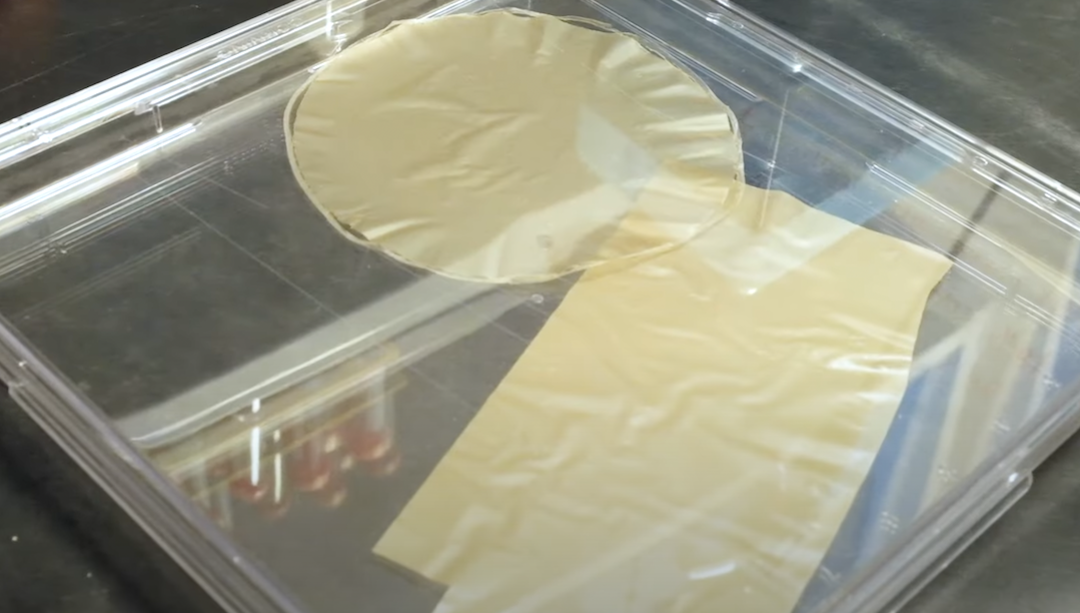Scientists Develop Paper From Sunflower Pollen That Can Be ‘Unprinted’ & Reused
By Alexa Heah, 06 Apr 2022

Ever feel a tinge of guilt when throwing away a post-it note after using it just once? In this age of climate change, we all know too well the importance of reducing, reusing, and recycling in order to lessen our impact on the environment.
But what if instead of having to discard a piece of paper after it’s been used, you could “unprint” it and erase all of its contents? Well, scientists from the Nanyang Technological University of Singapore have just come up with pollen-based “paper” that can do just that.
Using sunflower pollen grains, the researchers were able to develop a gel-like substance that can be modeled into millimeter-thick sheets, resulting in a softer and more translucent form of paper.
Interestingly, this pollen-based sheet can still be printed on via a traditional laser printer, with text and images remaining on its surface even if it’s submerged in water.
To “unprint” the contents, one simply has to submerge the sheet in an alkaline solution for a couple minutes, before the layer of toner will disintegrate and slide off the gel. After placing the paper in an ethanol solution for five minutes for it to retain its previous shape, it can then be dried, re-treated, and used again.
Findings showed the process could be repeated up to at least eight times—saving a whole ton of paper that would otherwise have been discarded into the bin.
Furthermore, the researchers noted the pollen-based sheets could save carbon emissions associated with recycling typical paper, which has to be repulped, removed of printer toner, and then reconstructed.
“This is a new approach to paper recycling—not just by making paper in a more sustainable way, but also by extending the lifespan of the paper so that we get the maximum value out of each piece of paper we produce,” explained Professor Subra Suresh, senior author of the study.
“The concepts established here, with further developments in scalable manufacturing, could be adapted and extended to produce other “directly printable” paper-based products such as storage and shipping cartons and containers,” he added.
[via New Atlas and Nanyang Technological University of Singapore, cover image via Nanyang Technological University of Singapore]





